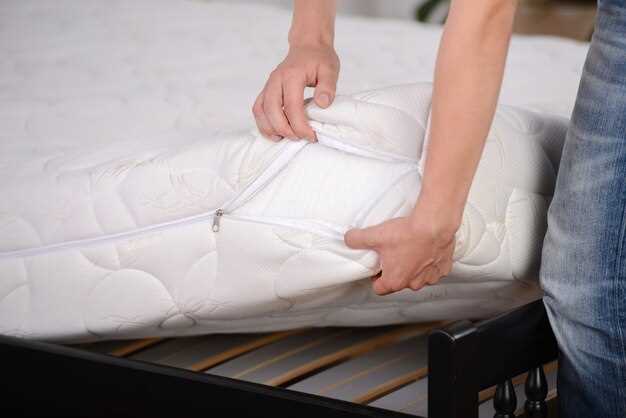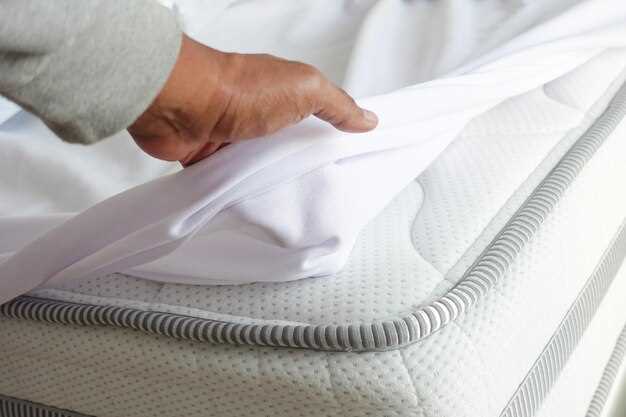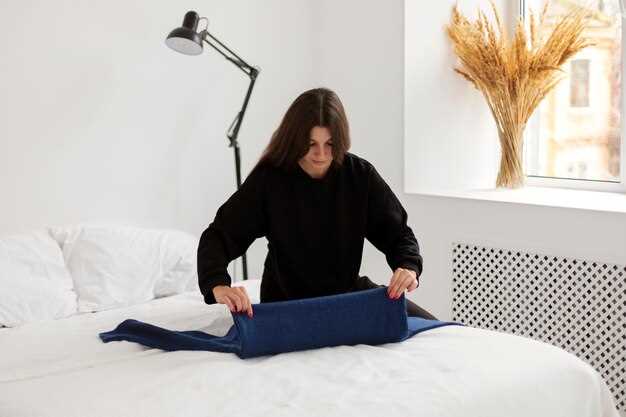

Choosing the right bed liner for your truck is an essential step in ensuring long-lasting protection for your vehicle’s cargo area. Whether your truck is utilized for heavy-duty hauling or casual weekend adventures, the appropriate bed liner can significantly enhance its durability and functionality. With a variety of options available on the market, making an informed decision is crucial.
Bed liners come in different materials and designs, each offering unique advantages. When selecting a bed liner, it’s vital to consider factors such as the type and frequency of cargo you transport, your budget, and your personal preferences regarding aesthetics and installation. A high-quality bed liner not only provides excellent protection against scratches, dents, and rust but also contributes to the overall appearance of your truck bed.
Understanding the various types of bed liners–spray-on, drop-in, and mat options–will empower you to choose the best solution for your specific needs. Each type has its own installation method, maintenance requirements, and levels of protection, making it important to evaluate them based on your unique usage patterns. This article will guide you through the considerations and decisions involved in selecting the perfect bed liner, ensuring your truck remains protected and looks great for years to come.
Understanding Different Types of Bed Liners

Choosing the right bed liner for your truck is crucial for protecting the truck bed from scratches, dents, and rust. There are several types of bed liners available, each with its own set of advantages and disadvantages.
The first type is the spray-on bed liner. This option involves applying a thick layer of liquid urethane or polyurea directly onto the truck bed. Once cured, it creates a tough, seamless barrier that adheres well to the surface. Spray-on liners are ideal for those seeking permanent protection, as they cannot be removed easily. However, the installation process usually requires professional assistance and can be more expensive than other options.
Another popular choice is the drop-in bed liner. Made from molded plastic, this type of liner is designed to fit snugly in the truck bed. Drop-in liners are easy to install and can be removed for cleaning or replacement. However, they may shift during use and can trap moisture, leading to rust if not monitored properly. They also offer less surface protection against heavy impacts compared to spray-on liners.
Rubber bed mats represent a third option. These mats provide a non-slip surface and protect the truck bed from damage while also absorbing shock. They are simple to install and remove but may not cover the entire bed area, especially the sides. While they protect against scratches, heavy impacts may still cause damage to the truck bed beneath the mat.
Lastly, you have the option of carpet bed liners. These liners offer a softer touch and are often used for trucks that transport lighter cargo. They provide a level of protection and prevent items from sliding around. However, they are less durable and more susceptible to water damage compared to other types of liners, making them unsuitable for harsher applications.
Ultimately, the choice of bed liner depends on your specific needs, including how you plan to use your truck and the level of protection you require. Understanding these different types will help you make an informed decision that best suits your truck and lifestyle.
Evaluating Durability and Protection Features
When selecting a bed liner for your truck, assessing its durability and protection features is crucial. A high-quality bed liner should withstand various environmental conditions, including extreme temperatures, UV rays, and moisture. Look for liners made from materials such as polyurethane or polyethylene, as they offer superior resistance against abrasion, impact, and chemical exposure.
Additionally, consider the thickness of the bed liner. Thicker liners generally provide better protection against dents and scratches, prolonging the life of your truck bed. A good bed liner should also be designed to resist fading and cracking, ensuring it maintains its appearance over the years.
Next, evaluate the liner’s ability to protect from rust and corrosion. Liners that create a waterproof barrier can prevent moisture buildup, which is essential for maintaining the integrity of your truck bed. Some liners are equipped with anti-corrosive properties, adding an extra layer of defense against elements that can compromise the metal underneath.
Lastly, check for any additional features that enhance protection. Some bed liners come with a textured surface for improved grip, reducing the risk of cargo shifting during transport. Others may include a non-slip coating to further safeguard your truck bed from damages. Ultimately, selecting a bed liner with robust durability and comprehensive protection features will ensure your truck remains in excellent condition for years to come.
Installation Options and Maintenance Tips

Choosing the right installation method for your truck’s bed liner is crucial for optimal protection and durability. There are several options available, each with its own set of advantages and considerations.
Spray-on Bed Liners: These offer a seamless coat that adheres directly to the truck bed. A professional installation is often recommended to ensure proper application, which can enhance the protection significantly. Regular maintenance involves inspecting for any signs of wear or damage, which can be repaired easily with additional sprays.
Drop-in Bed Liners: Designed for easy installation, drop-in liners can be placed over the truck bed without professional help. They provide good protection, but it’s essential to ensure that the liner fits snugly to prevent water and debris from getting trapped underneath. Maintenance includes periodic checks for any gaps or signs of movement.
Custom-fit Mats: These mats are another option for truck owners looking for flexibility and ease of installation. They provide decent protection and can be removed and washed as needed. To maintain them, simply clean regularly and replace if they show signs of excessive wear.
Regardless of the installation option chosen, proper maintenance ensures longevity. Regular cleaning with appropriate products will retain the protective qualities of the liner. Additionally, inspection after heavy use or foul weather can help identify any issues early, ensuring your truck remains protected for years to come.